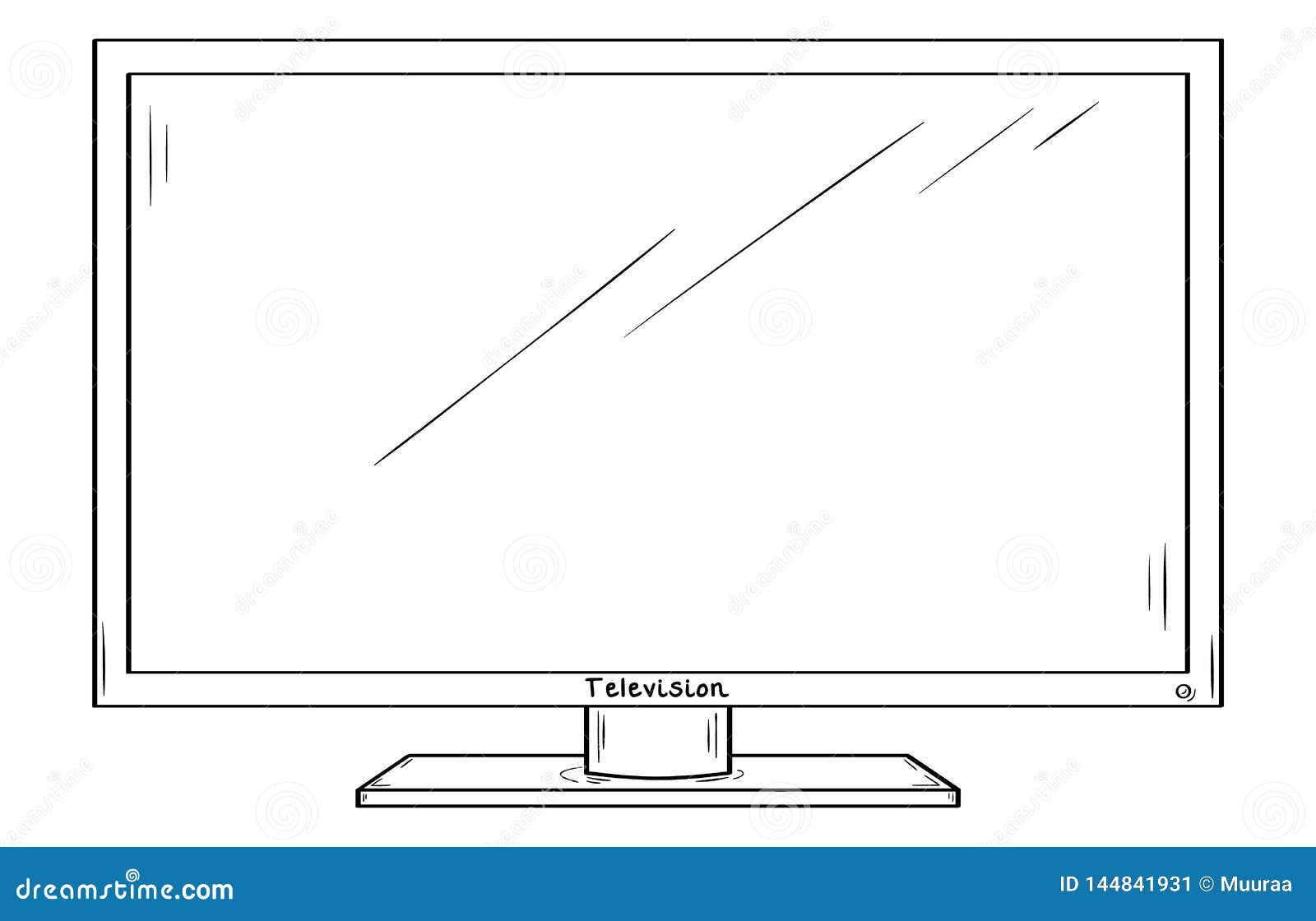

He co-founded Evans and Sutherland, where he did pioneering work in the field of real-time hardware, accelerated 3D graphics, and printer languages. He went on to run ARPA (the predecessor of DARPA.) He co-created the first virtual reality and augmented reality head-mounted display. Sutherland didn’t rest on his laurels after Sketchpad. If you use a computer or smart phone, you’re using technology pioneered by Sketchpad. Sketchpad pioneered some of the most important concepts in computing, including the graphical user interface, non-procedural programming, and object-oriented programming. Roberts submitted his PhD thesis, where he had added support to Sketchpad for 3D solids, including assemblies and real-time hidden line removal.

Shortly after Sutherland submitted his Sketchpad thesis, Timothy E Johnson submitted his Masters thesis describing Sketchpad III, a 3D version of the program. Sketchpad was designed to be extensible, with provision for adding both new graphical element types, and new constraint types. It supported rubberbanding when drawing or editing entities (so the entities would stretch as you moved the cursor.) It supported dynamic move, rotate, and scale of entities (meaning that they moved, rotated, and scaled as you moved the cursor.) It not only supported zoom and pan (dynamically, of course), but did so transparently-even when you were in the midst of another drawing or editing operation. Visually, Sketchpad was surprisingly interactive. This video is a TV show made about the software Ivan Sutherland developed in his 1963 thesis at MIT's Lincoln Labs, Sketchpad. It was, in a way, the first personal computer, albeit one that took up an entire building. In addition to the standard complement of I/O devices, the TX-2 had programmable buttons for entering commands, an oscilloscope/video display screen (addressable to 1024×1024 pixels), a light pen for input, and a pen plotter for output.

It differed from most contemporary computers, in that it was designed to test human-computer interaction. It was, at the time, one of the biggest machines in the world, with 306 kilobytes of core memory. Sketchpad ran on MIT Lincoln Labs’ TX-2 computer. Ivan Sutherland on MIT Lincoln Labs’ TX-2 computer. In January, 1963, Ivan Sutherland, a PhD candidate at MIT, submitted his thesis, titled “Sketchpad: A Man-Machine Graphical Communication System,” describing his work in creating what is now recognized as one of the very first interactive computer-aided design (CAD) systems.


 0 kommentar(er)
0 kommentar(er)
